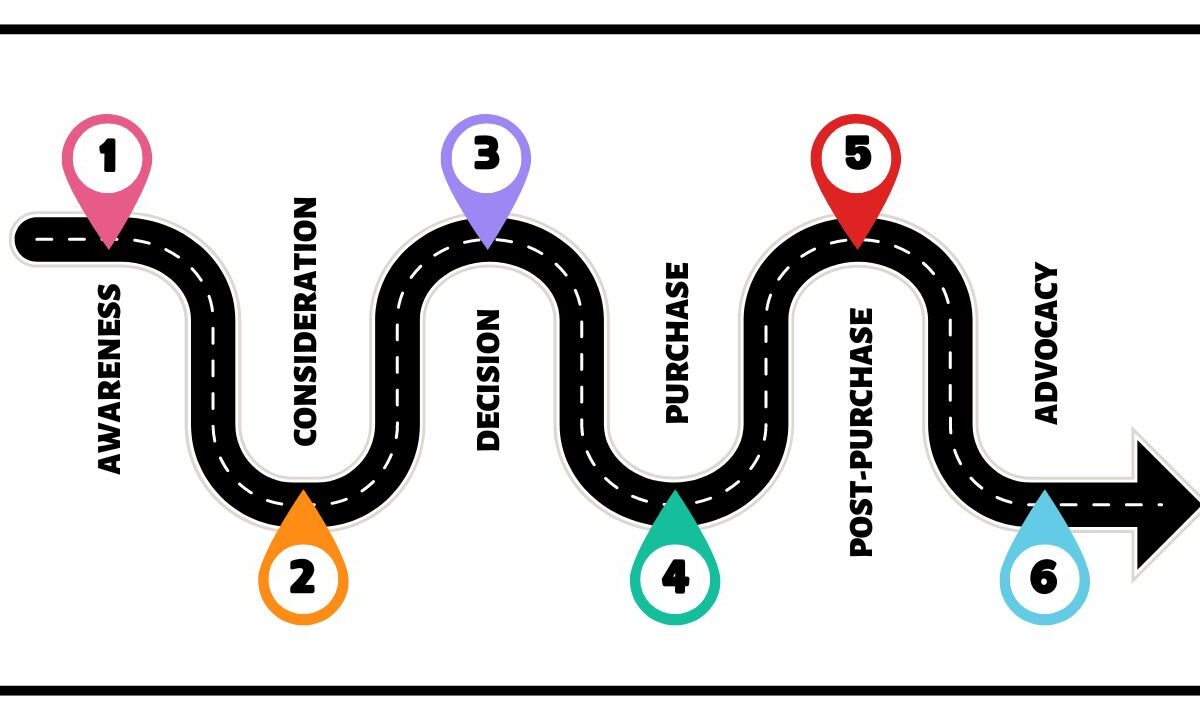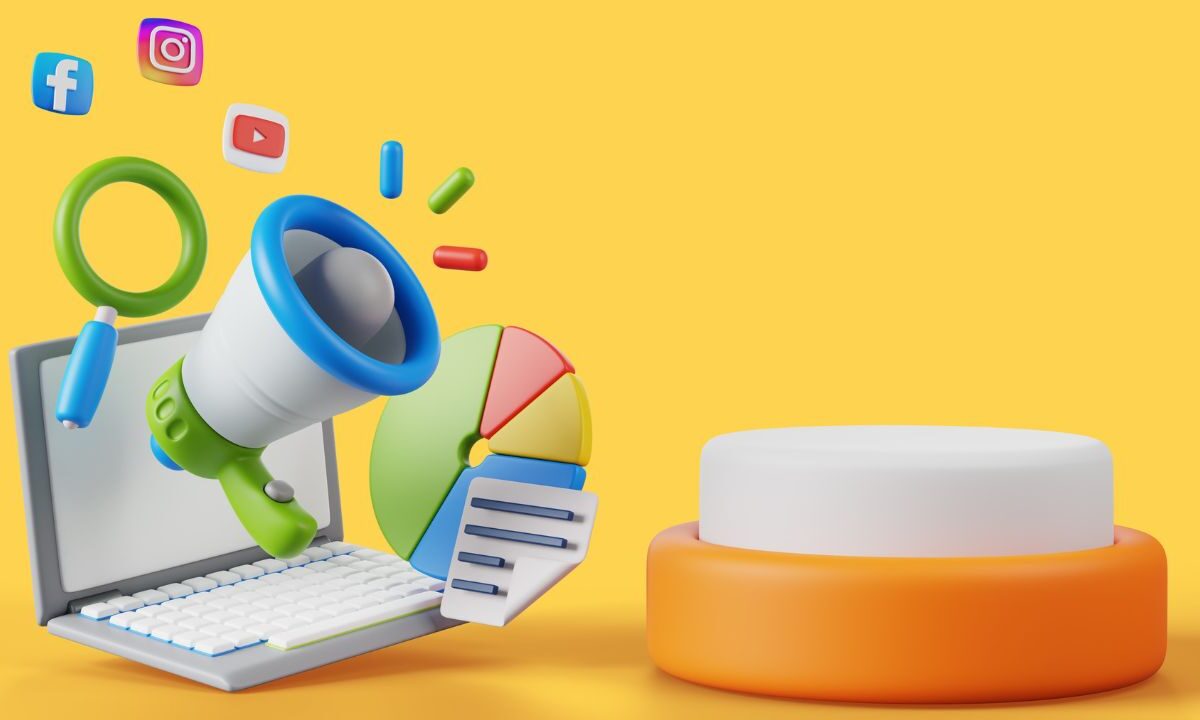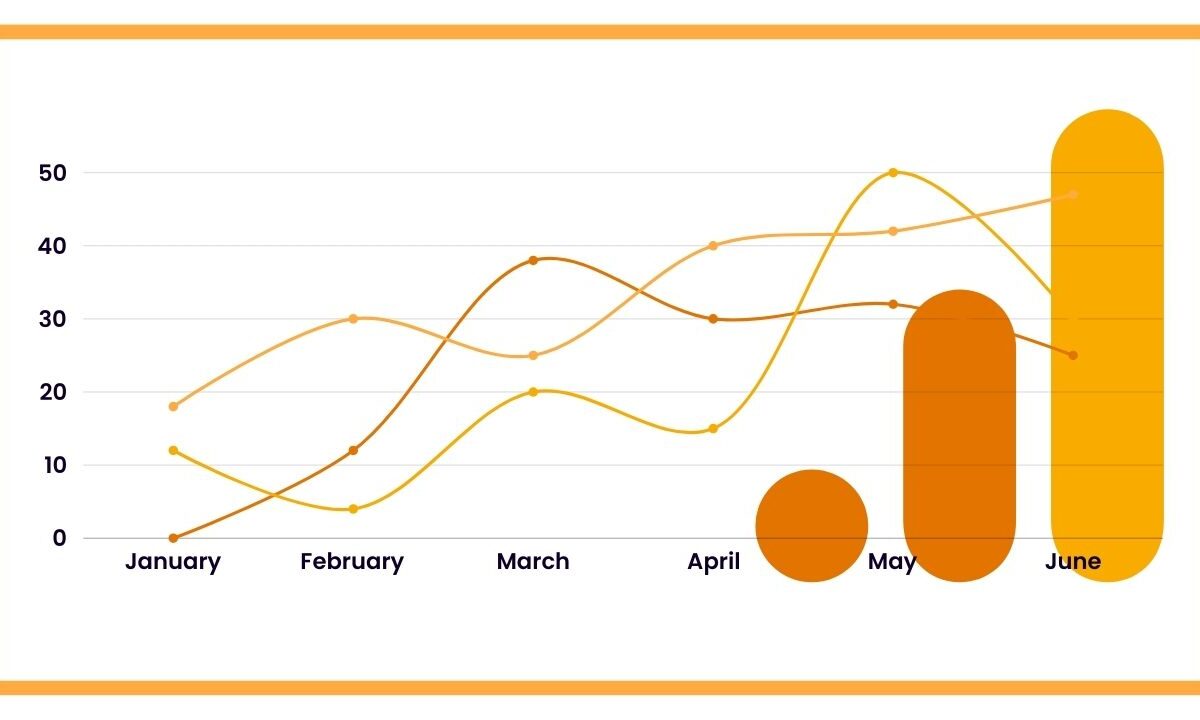Crafting compelling presentations can be time-consuming. But stress no more, the world of AI is here to streamline the process and empower you to create impactful presentations in a snap.
In this article, we’ll list down some of the hottest AI presentation tools on the market, highlighting their strengths, weaknesses, and ratings to help you choose your dream tool.
Now, let’s delve into the top 5 AI presentation tools that can turn you into a presentation pro:
1. Gamma.App
Who’s it for?
Tech-savvy users and businesses looking for an AI-powered solution for faster presentation creation.
What’s cool about it?
- AI Chatbot for Presentations: Simply type your ideas into Gamma’s conversational AI chatbot, and watch it generate slides with AI-generated images!
- Smart Layout: Gamma excels at showcasing data effectively with a variety of smart layout options. Drag and drop your data into stunning layouts that make your points clear instantly.
- Built-in Analytics: Gamma includes built-in analytics. Track views, who viewed your presentation, when it was opened, and how many slides were viewed.
- Presentation Ready: Creates well-structured presentations with useful information and consistent visuals for a professional look. The use of Images and icons is also consistent throughout the presentation, which gives it a polished and professional look.
What are the downsides?
- Gamma has a wider range of features compared to some AI presentation tools, so there’s a bit more to learn upfront.
- Page animation is a miss, but you can animate text line by line during presentation mode.
- While Gamma offers well-structured presentations, it might generate wordy slides with more information than necessary.
When to use this tool?
If you’re presenting complex data, Gamma can be a game-changer. It helps you transform dry numbers into an engaging and informative story.
Cost?
Free plan with limited features. Paid plans start at $10/month.
Ratings?
- G2 Rating: 4.8/5
- Capterra Rating: 4/5
- Socio Rating: 4.6/5
2. Tome.App
Who’s it for?
Startups, entrepreneurs, and anyone seeking a modern, minimalist aesthetic.
What’s cool about it?
- AI-powered Content Curation: Simply tell Tome your presentation topic and key points. It will craft a presentation for you giving you an excellent starting point on your topic.
- Multi-device Friendly: Works seamlessly across any device, from phone to laptop.
- Integration Flexibility: It connects with Figma, a popular design tool, allowing you to import custom graphics for a unique presentation.
What are the downsides?
- While Tome does a great job with the basics, the slide layout and theme options are limited as compared to other apps.
- Tome is a relatively new tool, so it might not have all the features of more established options.
- Tome may not create slides of equal length and can sometimes generate lengthy content. Animations are also not available.
- Tome struggles in creating slides with minimal content. This might make it difficult for the audience to retain key points.
When to use this tool?
Perfect for capturing fleeting ideas and getting a draft presentation started quickly.
Cost?
Paid plans start at $20/month.
Ratings?
- G2 Rating: 4.8/5
- Capterra Rating: 5/5
- Socio Rating: 4.4/5
3. Beautiful.AI
Who’s it for?
Design-focused professionals who want their presentations to look stunning.
What’s cool about it?
- Presentations by AI: Beautiful.AI boasts AI features that can generate presentations that include all the important information with just a single command prompt.
- Beautiful Templates: Beautiful.AI lives up to its name! They offer a collection of stunning pre-designed templates, including templates from industry leaders!
- Seamless Storytelling: Beautiful.AI helps you structure your presentation for maximum impact with features like “Smart Slide.”
What are the downsides?
- AI image suggestions might not always be perfect.
- While templates are amazing, presentations generated solely by AI have very poor visuals.
- There have been instances where it picked up incorrect logos even when we provided the website link in the prompt.
When to use this tool?
When a polished, professional presentation is your top priority, Beautiful.AI is the way to go.
Cost?
Free plan with limited features. Paid plans start at $12/month billed annually.
Ratings?
- G2 Rating: 4.7/5
- Capterra Rating: 4.4/5
- Socio Rating: 4.3/5
4. SlidesGo– Bonus
Who’s it for?
Anyone looking for free, high-quality presentation templates with a modern aesthetic.
What’s cool about it?
- Vast Template Library: SlidesGo offers an impressive collection of free, professionally designed presentation templates in various styles and themes.
- Generate presentations in minutes: SlidesGo empowers users to create presentations with ease. Simply type your topic and AI will generate a draft, then personalize it further by chatting with the AI writer. You can edit text, and layouts, and swap icons to personalize the template and match your brand identity.
- Free and Accessible: Unlike most AI presentation tools, SlidesGo provides its entire library at no cost.
What are the downsides?
- Getting the most out of SlidesGo might require some existing design knowledge to customize templates effectively.
- SlidesGo offers less in the way of AI-powered content creation compared to some of the other tools on this list.
- The visuals and designs might not be as high-quality as other tools on this list. The free plan also limits AI-generated slides to 14, but you can add more slides at the stage of creating the presentation.
When to use this tool?
SlidesGo is a fantastic option for anyone who wants high-quality presentation templates without the price tag. It’s a great resource for anyone comfortable with basic presentation software.
Cost?
Free plan for almost all features. Paid plans are also priced at just $6/month and $3.5/month for students.
Ratings?
- G2 Rating: 4.7/5
- Capterra Rating: 5/5
- Socio Rating: 4.1/5
Schedule Your Free Session Now!
Disclaimer: We’re not affiliated with any of these tools and don’t get paid for recommending them. We’ve simply tried a bunch of AI tools to create cool presentations and wanted to share our favorites with you.




